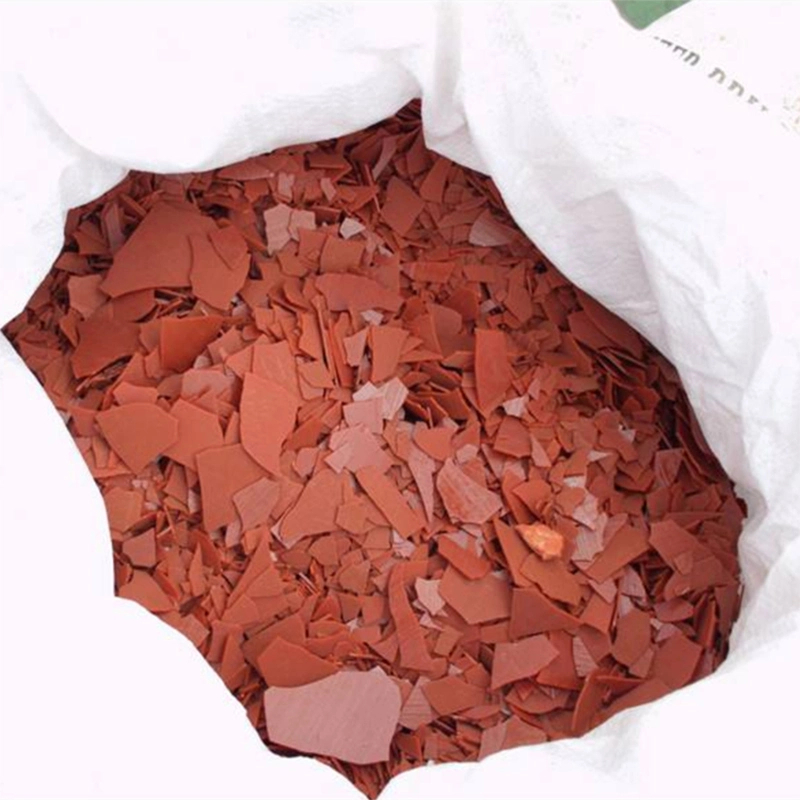



Exploring the Benefits of Monoammonium Phosphate Fertilizer for Agriculture and Plant Growth
Understanding Monoammonium Phosphate A Key Player in Agriculture
Monoammonium phosphate (MAP) is a widely used chemical compound in the agricultural sector, known for its role as a fertilizer. Its chemical composition consists of ammonium (NH4) and phosphate (PO4), making it an essential source of both nitrogen and phosphorus for plants. With a typical formulation of 11-52-0, MAP contains 11% nitrogen and a remarkable 52% phosphorus, offering an excellent nutritional profile for crops. This article explores the significance, applications, and advantages of using monoammonium phosphate in farming practices.
The Importance of Nutrients
Plants require various nutrients for optimal growth, primarily categorized into macronutrients and micronutrients. Nitrogen is essential for vegetative growth, as it promotes leaf development and overall plant vigor. Phosphorus, on the other hand, plays a crucial role in energy transfer, photosynthesis, and the synthesis of nucleic acids, which are vital for cell division and growth. The high phosphorus content in MAP makes it particularly valuable during the early stages of plant development, such as root establishment and flowering.
Fertilizer Applications
MAP can be applied in several ways, including broadcasting, banding, and foliar application. Broadcasting involves spreading the granules evenly over the soil surface, while banding places the fertilizer in narrow bands near the plant's root zone, ensuring efficient nutrient uptake. Foliar application, although less common, allows farmers to deliver nutrients directly to the leaves during critical growth periods.
One of the key advantages of MAP is its solubility in water, making it easily accessible to plants shortly after application. This property is particularly beneficial in regions with poor soil quality or where traditional fertilizers may struggle to dissolve effectively. Moreover, due to its acidifying nature, MAP can help improve soil conditions and enhance nutrient availability in alkaline soils.
monoammonium phosphate 11 52 0

Environmental Considerations
The efficient use of fertilizers like MAP is crucial for sustainable agriculture. Over-application of nitrogen and phosphorus can lead to nutrient runoff, contributing to environmental issues such as water pollution and algal blooms in aquatic ecosystems. To address these concerns, farmers are encouraged to adopt best management practices (BMPs) that optimize fertilizer use while minimizing environmental impacts.
One effective strategy is the use of soil testing to assess nutrient levels before application. This practice helps farmers determine the right amount of MAP needed for their crops, ensuring optimal growth while reducing excess runoff. Additionally, integrated nutrient management, which combines organic and inorganic fertilizers, can help maintain soil health and promote sustainable farming practices.
Conclusion
In the realm of agriculture, monoammonium phosphate stands out as a vital component for crop production. Its high phosphorus content, coupled with a balanced level of nitrogen, makes it an ideal choice for promoting early plant growth and development. As farmers strive to increase yields while adhering to sustainable practices, MAP offers an efficient solution that addresses both productivity and environmental stewardship.
The challenges facing modern agriculture, including climate change, soil degradation, and water scarcity, necessitate a careful approach to nutrient management. By harnessing the benefits of fertilizers like monoammonium phosphate and implementing strategies that minimize environmental impact, the agricultural sector can achieve higher efficiency and sustainability, ensuring food security for future generations. As we continue to explore innovative farming techniques and products, understanding the role of essential fertilizers like MAP will remain critical to enhancing agricultural productivity and preserving our planet's resources.
-
How and Why to Disinfect Water Softeners for Safe, Reliable WaterNewsNov.24,2025
-
Effective Deionized Water Disinfectant Solutions for Healthcare & Industrial UseNewsNov.24,2025
-
Commonly Used Disinfectant for Drinking Water – Global Uses & InnovationsNewsNov.23,2025
-
Chemical to Disinfect Water – Essential Solutions for Safe, Clean Drinking WaterNewsNov.23,2025
-
Blue Water Disinfectant: Safeguarding Global Water Quality with InnovationNewsNov.22,2025
-
Bleaching Powder for Water Disinfection – Affordable & Effective Water Treatment SolutionNewsNov.22,2025
-
Bleaching Powder Drinking Water: Effective, Affordable Disinfection WorldwideNewsNov.21,2025










